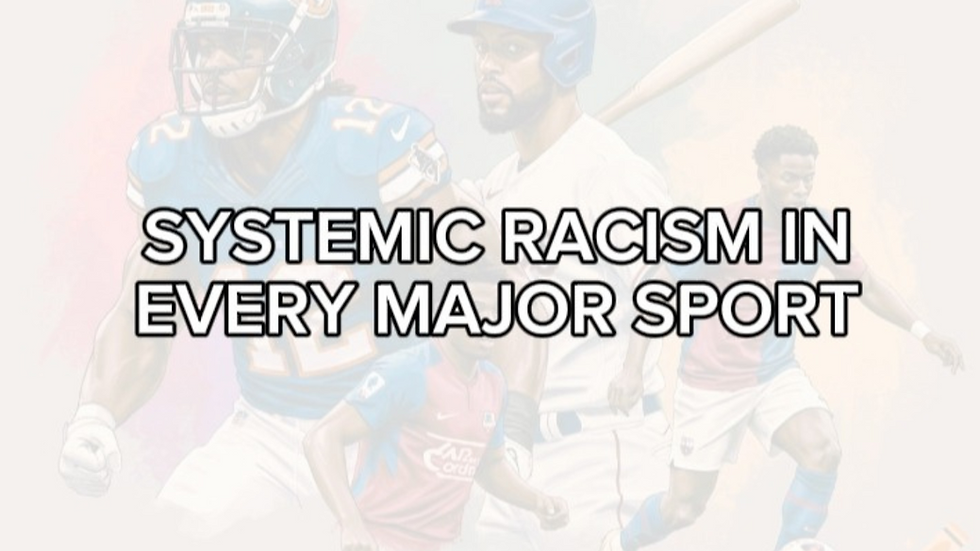Statistics: Systemic Racism Against Black Children
- whytheracecardisplayed

- Oct 2
- 4 min read
Numerous statistical studies and reports from authoritative organizations such as the U.S. Census Bureau, the Centers for Disease Control and Prevention (CDC), and the Annie E. Casey Foundation have documented the widespread and persistent racial disparities that point to systemic racism against Black children. These disparities manifest across multiple domains, including child welfare, education, juvenile justice, health, and economic mobility. source
Child welfare
Greater child welfare contact: Black children are disproportionately exposed to the child welfare system. National data indicates that 53% of Black children will have contact with Child Protective Services (CPS) by age 18, compared to just 28% of white children. source
Unequal outcomes: Once within the foster care system, Black children are moved more often and receive fewer services than their white peers. They are also four times less likely to be reunited with their families. source
Higher parental rights termination: A staggering 1 in 41 Black children in the U.S. have their parents' legal rights terminated, a far higher rate than 1 in 100 for all children. source
Education
Underfunded schools: Black students are more than three times as likely to be in chronically underfunded school districts compared to white students, as reported in a 2024 study by the Albert Shanker Institute. These districts often have less qualified teachers and fewer resources. source
Disparities in academic achievement: In 2022, 84% of Black fourth-graders read below a fourth-grade proficiency level, compared to 59% of white classmates. Similar gaps exist in math proficiency for eighth-graders. source
Harsher discipline: Black students are almost four times as likely to receive one or more out-of-school suspensions as white students. source
This disparity starts in preschool, where Black children are nearly five times more likely to receive multiple suspensions despite making up a smaller portion of the population.
Limited college readiness: Black students have less access to crucial math and science courses necessary for college readiness and are vastly underrepresented in advanced placement (AP) and gifted and talented programs. source
Juvenile justice
High incarceration rates: Black youth are almost six times more likely to be incarcerated in juvenile facilities than their white peers. In 2023, Black youth comprised 46% of youth in placement despite making up only 15% of the overall youth population. source
Systemic bias: According to experts cited by NPR, higher policing levels in predominantly Black neighborhoods and implicit biases within the justice system contribute to these disparities, leading to less leniency for Black youth. source
Disproportionate transfer to adult courts: Black youth are disproportionately transferred to adult court, where they face higher conviction rates and longer prison sentences for similar offenses compared to white youth. source
Health
Higher mortality rates: A 2024 study published in the Journal of the American Medical Association found that between 2014 and 2020, the death rate among Black youths ages 1 to 19 soared by 37%, compared to less than 5% for white youths. source
Rising suicide rates: Suicide rates for Black youth are rising faster than for any other racial or ethnic group. According to the CDC, Black children under 13 are almost twice as likely to die by suicide as their white peers. source
Bias in diagnoses: Medical racism exacerbates the Black youth mental health crisis. Studies show that mental health issues in Black children are often misdiagnosed as behavioral problems, leading to punitive measures rather than treatment. source
Infant health disparities: In 2023, the infant mortality rate for Black infants was more than twice that of the overall U.S. population for mothers in their 30s. Black infants also die more frequently from issues related to low birthweight. source
Economic mobility
Upward mobility challenges: A 2007 Brookings Institution report found that Black children born into middle-income families are more likely to fall to the bottom of the income distribution than to achieve higher earnings, unlike their white peers. source
Intergenerational poverty: Black children born to parents in the bottom 20% of income have only a 2.5% chance of reaching the top 20% of earners, while white children in the same circumstances have a 10.6% chance. source
Youth unemployment: The unemployment rate for Black youth is typically double that of white youth. As of July 2025, the unemployment rate for Black youth was 14.3%, compared to 9.8% for white youth. source
Lower family income: Black children grow up in families with significantly lower median incomes than white children. In 2022, the official poverty rate for Black children under 18 was 22.3%, still substantially higher than for white children. source
Read also: Black kids face racism before they even start school, African American Children’s Racial Discrimination Experiences and Mental Health, Inequities in CPS contact between Black and White children, Racism is an Adverse Childhood Experience, Racial History of Early Childhood Programs, Online Racism and Its Impact on Children, Adolescents,
It's driving a major mental health crisis

.png)




Comments